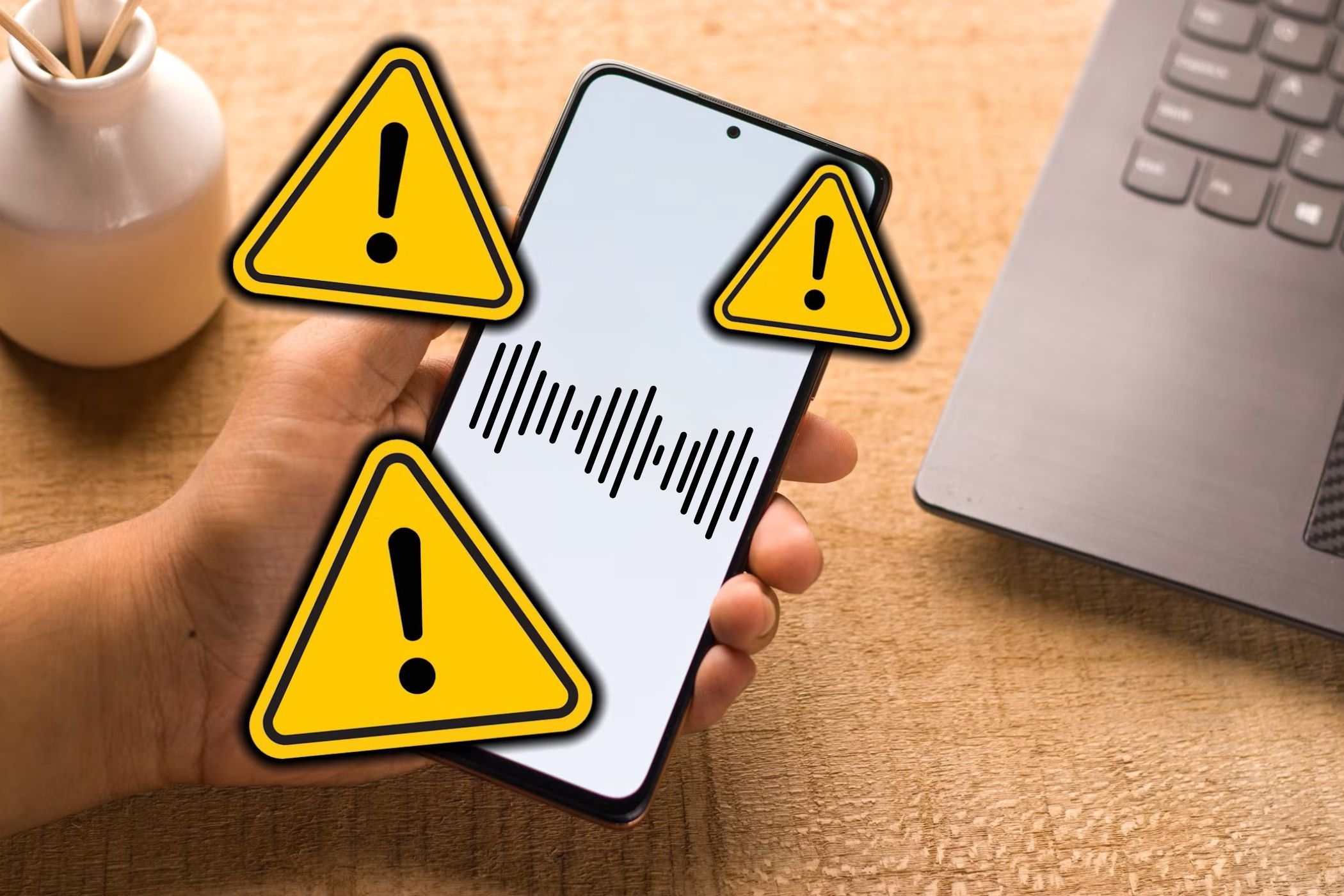This Authentication Method Is Horribly Insecure—AI Just Made It Worse
For years, voice authentication seemed like a convenient and innovative way to secure our personal data. However, with the rapid advancement of artificial intelligence (AI), this once promising technology has become a security disaster. Most people are unaware of the vulnerabilities that come with relying on AI-generated voices, making it a ticking time bomb for identity theft and financial loss.
So, what exactly is voice authentication? In reality, it's not as unique as we think. Voice recognition systems don't actually identify our distinct vocal signature; instead, they match patterns in frequency, pitch, and speech rhythm. These patterns shift constantly based on dozens of variables, such as getting a cold or speaking faster than usual. Moreover, background noise makes everything worse. Traffic sounds, poor phone audio quality, or even just typing out words with the mouth can corrupt the voice sample.
But that's not all – voice systems also struggle with generating false positives and false negatives. This means you might get locked out of your own account, while someone with a similar vocal pattern could potentially gain access. To make matters worse, some systems even accept recordings of your voice played through speakers, which can be easily spoofed by AI-generated voices.
AI Voice Cloning Has Turned Voice Authentication Into a Security Nightmare
Speaking to the Federal Reserve, Sam Altman emphasized the need to stop using voice authentication, highlighting how fraudsters can use AI-generated voices to bypass authentication systems that banks and financial institutions still rely on. The OpenAI CEO knows exactly how dangerous this technology has become. With just a few seconds of audio, AI voice cloning tools can replicate anyone's voice with uncanny accuracy.
The worst part is that the audio quality doesn't need to be perfect. Voice authentication systems are designed to be forgiving, accounting for phone line quality and background noise. This tolerance makes them vulnerable to AI-generated voices that might sound slightly off to human ears. The AI voice clone family scam shows how criminals are already exploiting this technology, targeting individuals and their families.
Better Authentication Alternatives You Should Use Instead
Fortunately, there are far more secure options than voice authentication. Two-factor authentication (2FA) with authenticator apps is my primary option. Apps like Google Authenticator generate time-based codes that change every 30 seconds. However, it's essential to consider using a more secure alternative to Google Authenticator, as it's not yet end-to-end encrypted.
You can use Proton Authenticator or Bitwarden, both of which are free and more secure. So, even if someone steals your password, they can't access your account without that rotating code. Similarly, biometric authentication isn't perfect, but fingerprints are significantly more secure than voice. Alongside using hardware security keys for high-value accounts such as banking, investment portfolios, and work systems is an additional security measure.
Hardware security keys plug into your computer or connect via Bluetooth and are nearly impossible to hack remotely because the authentication happens on the device itself. Strong, unique passwords remain essential, and I use a password manager like Proton Pass to generate and store complex passwords for every account. This prevents credential-stuffing attacks that hackers use to break into bank accounts.
When Voice Authentication Works
I'm not saying voice authentication is completely worthless, but it just doesn't belong in high-security environments. Smart home devices are probably fine, and if someone bypasses your voice authentication to turn on your living room lights, that's annoying but not catastrophic.
For controlling music, setting timers, or checking the weather, the convenience factor makes sense. However, for more critical situations like checking your account balance or recent transactions, I would prefer alternative methods when possible. The key is understanding the stakes and layering these methods to create a robust security barrier.
A New Era of Authentication
Technology isn't reliable enough to trust with anything important, and AI has made the security risks exponentially worse. Voice authentication had its moment, but that moment is over. It's time to move forward with authentication that works – not just for smart home devices or basic account information.
The future of authentication lies in combining multiple factors, including 2FA, biometric authentication, and hardware security keys. By doing so, we can create a robust security barrier that protects our personal data and financial assets from the growing threat of AI-generated voices.
